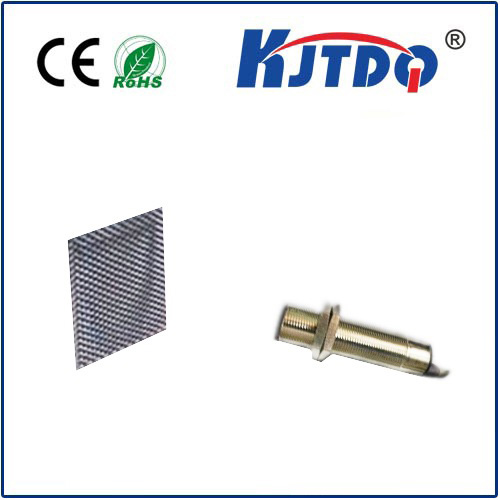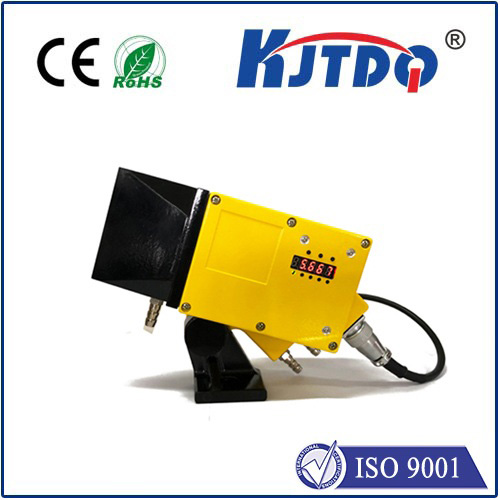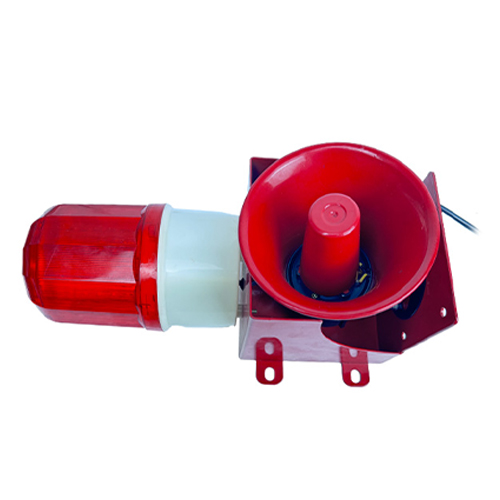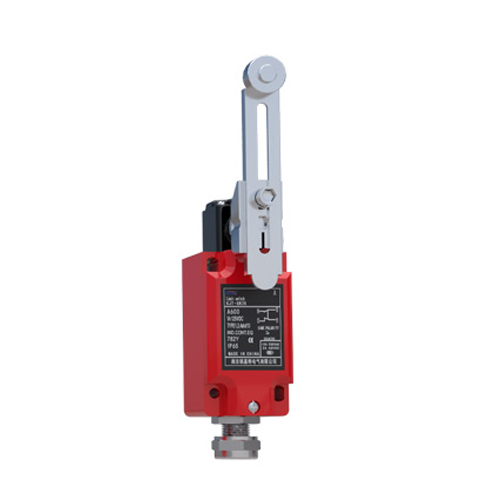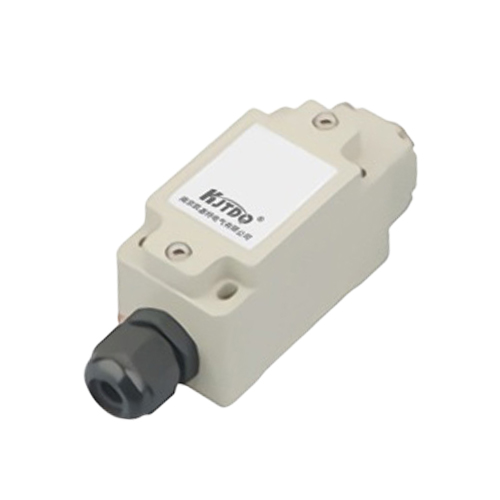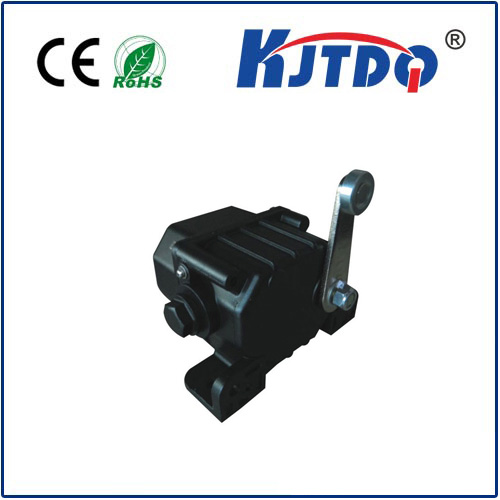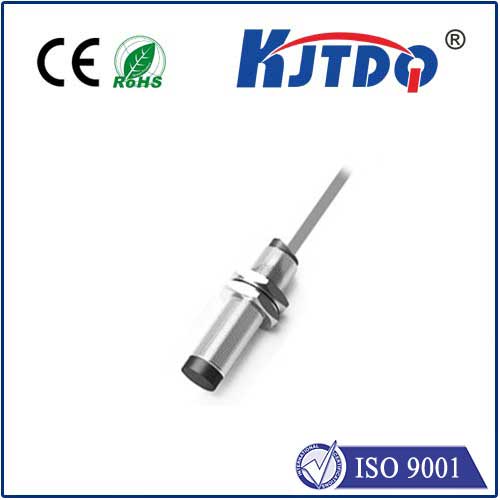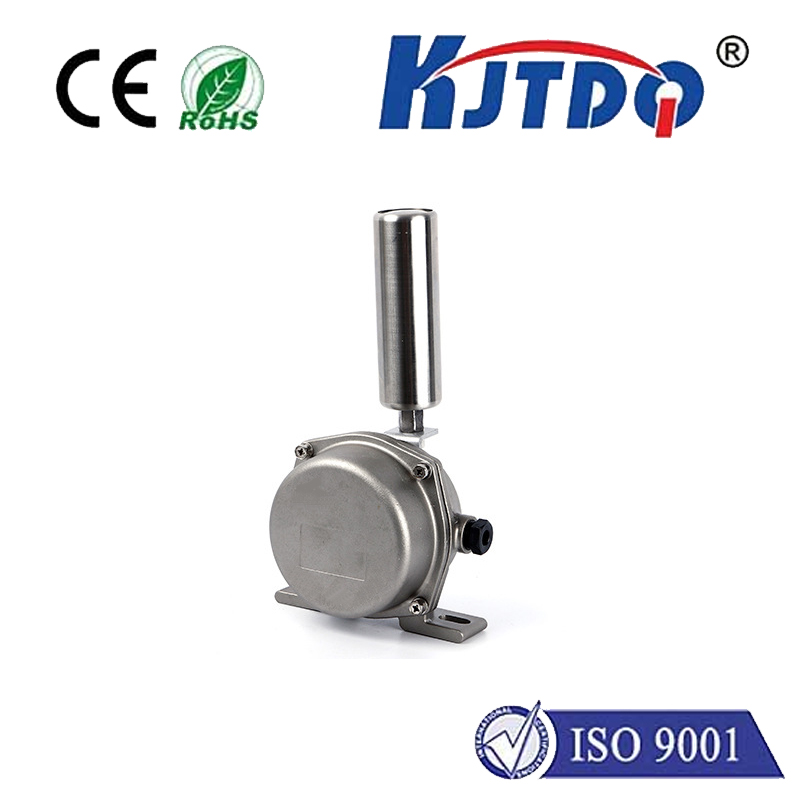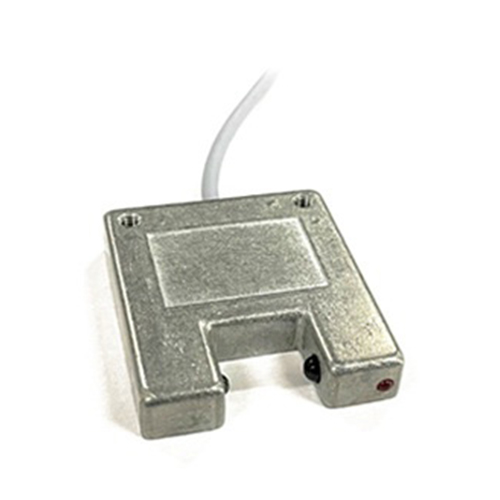high low limit switch
- time:2025-08-04 13:04:58
- Click:0
High Low Limit Switches: Your Essential Guardians Against Over-Travel
(Approx. 1000 Words)
Imagine a crucial piston nearing the end of its stroke, a heavy elevator ascending towards the top floor, or a robotic arm reaching its programmed endpoint. What prevents catastrophic collisions, damage, or unsafe operation? Often, silent sentinels stand guard: High Low Limit Switches. These fundamental components are the unsung heroes of industrial automation and machinery safety, diligently defining the physical boundaries of movement. Understanding their function is paramount for designing robust, reliable, and safe systems.
What Exactly is a High Low Limit Switch?
At its core, a limit switch is an electromechanical device designed to detect the presence or absence of an object, or to monitor its position limits. A high low limit switch configuration specifically refers to the strategic use of two switches in tandem to define the extreme upper (high limit) and extreme lower (low limit) boundaries of travel for a moving part.
- High Limit Switch: Positioned at the maximum desired travel point. When the moving component reaches this point, the switch is actuated (opened or closed, depending on design and safety requirements), signaling the control system to stop upward or outward movement.
- Low Limit Switch: Positioned at the minimum desired travel point. When the component descends or retracts to this point, the switch actuates, signaling the control system to stop downward or inward movement.
The Core Mission: Preventing Over-Travel
The primary and most critical role of high low limit switches is over-travel protection. Without them:

- A piston could slam into its cylinder head or extend beyond its seal, causing mechanical failure.
- An elevator car could crash into the overhead structure or overshoot the lowest landing.
- A conveyor belt could run off its rollers if tensioning mechanisms move too far.
- Robotic arms could collide with fixed structures or other machinery.
- Valves or dampers could be forced beyond their physical stops, shearing linkages.
Implementing fail-safe features often involves immediate power cutoff or reversal commands sent immediately upon limit switch actuation. Think of them as the absolute last line of defense, operating independently of (or as a backup to) the primary control logic programmed into a PLC or drive. This independence is key to their reliability in critical safety applications. While encoders and sensors provide feedback for control, limit switches physically enforce hard stops.
Key Applications Where They Shine
High low limit switches are ubiquitous across industries demanding precise position control and safety:
- Material Handling & Conveying Systems: Controlling the travel of lifts, hoists, stackers, and bucket elevators; limiting the movement of shuttle cars or transfer tables; defining the endpoints for automated guided vehicles (AGVs) in docking stations.
- Industrial Robotics: Safeguarding the maximum reach of robotic arms, preventing collisions within work cells; ensuring grippers open/close fully without damage; defining safe travel for linear tracks used by robots.
- Valve Actuation: Monitoring the fully open and fully closed positions of large valves in process control (oil & gas, chemical, water/wastewater) to prevent actuator damage and ensure process integrity.
- Machine Tools: Setting travel limits for axes on mills, lathes, and presses; protecting spindle quills; controlling tool changers.
- Heavy Machinery (Construction, Agriculture): Defining boom extension/retraction limits on cranes and excavators; controlling implement heights; limiting steering angles.
- Elevators & Escalators: The quintessential safety application – preventing cars from over-traveling at the top or bottom of the shaft, and ensuring steps level correctly at landings.
- Packaging & Processing Equipment: Governing the stroke of filling heads, sealing jaws, and product pushers; controlling the position of diverters and gates; managing web tensioning systems.
The Anatomy of Safety: Fail-Safe Design Principles
Safety is non-negotiable with limit switches in critical applications. Several design principles ensure reliability:
- Positive-Opening Contacts: The contacts are forced open by the switch mechanism itself when actuated. This prevents contacts from welding shut under fault conditions.
- Dual-Channel Wiring (for Safety Circuits): In high-safety applications (like elevators), switches can be wired redundantly (e.g., two contacts in series) so that a single failure won’t compromise the safety function. This meets requirements of standards like ISO 13849 / PL.
- Rugged Construction: Built to withstand harsh industrial environments – vibration, shock, moisture, dust, temperature extremes, and chemical exposure.
- Defined Actuation Force/Position: Ensures consistent and reliable triggering at the precise physical location. Adjustable levers or plungers allow fine-tuning.
- Visual Indication: Often feature flags or bright colors to provide a clear visual cue of their actuation state.
Beyond Basic Mechanics: Modern Variants
While traditional lever- or plunger-actuated mechanical switches remain common, technology offers alternatives for specific needs:
- Magnetic Proximity Switches: Use a magnetic field to detect the presence of a target without physical contact. Ideal for dirty environments or where non-contact sensing is preferred. Very reliable but require a specific target material.
- Inductive Proximity Sensors: Detect metallic targets non-contact. Robust for harsh environments.
- Optical Sensors: Use light beams (often infrared) and are excellent for small targets or high-speed applications.
- Reed Switches: Sealed magnetic switches, often used in hydraulic cylinders.
Choosing the Right Sentinel: Key Selection Criteria
Selecting the optimal high low limit switch involves careful consideration:
- Function: What specific action is needed at the limit (open circuit, close circuit, change state)? Does it need to directly kill power or signal a controller?
- Actuation Method: Plunger, roller lever, wobble stick, rod, or non-contact (magnetic, inductive)? Determined by the mechanism needing sensing.
- Environment: IP rating (dust/water ingress protection), temperature range, exposure to chemicals/oils/vibration/shock? Rated durability (mechanical & electrical life)? Choose accordingly (e.g., heavy-duty metal housing for impact zones).
- Electrical Characteristics: Voltage/Current ratings (AC/DC)? Contact configuration (SPDT, DPDT)? Connection type (terminal block, connector)?
- Safety Rating: Is it certified for use in safety-related control circuits? What Performance Level (PL) or Safety Integrity Level (SIL)? Look for devices explicitly designed and certified for this purpose.
- Mounting & Adjustment: Physical space constraints? Need for easy adjustment of actuation point? Rigidity of mounting is crucial for accuracy.
Maintenance & Best Practices: Keeping Guards Vigilant
Even the best switches need attention:
- Regular Inspection: Visually check physical condition, mounting integrity, actuator alignment, and signs of impact or wear. Ensure target mechanisms hit the actuator correctly.
- Operational Testing: Periodically verify that the switch definitely actuates at the intended limit point and sends the correct signal (e.g., manually trip it and observe system behavior during a controlled test). This functional testing is critical.
- Prevent Contamination: Keep actuators and moving parts clean in dirty environments to prevent jamming or false signals.
- Secure Wiring: Protect wiring conduits, ensuring connections remain tight and insulated.
- Documentation: Clearly label high and low limit switches and their function within the machine schematics.
High low limit switches are fundamental elements of engineering safety and control. Their job is simple: define boundaries and enforce them without compromise. By strategically implementing the right type of switch with robust design principles and proper






